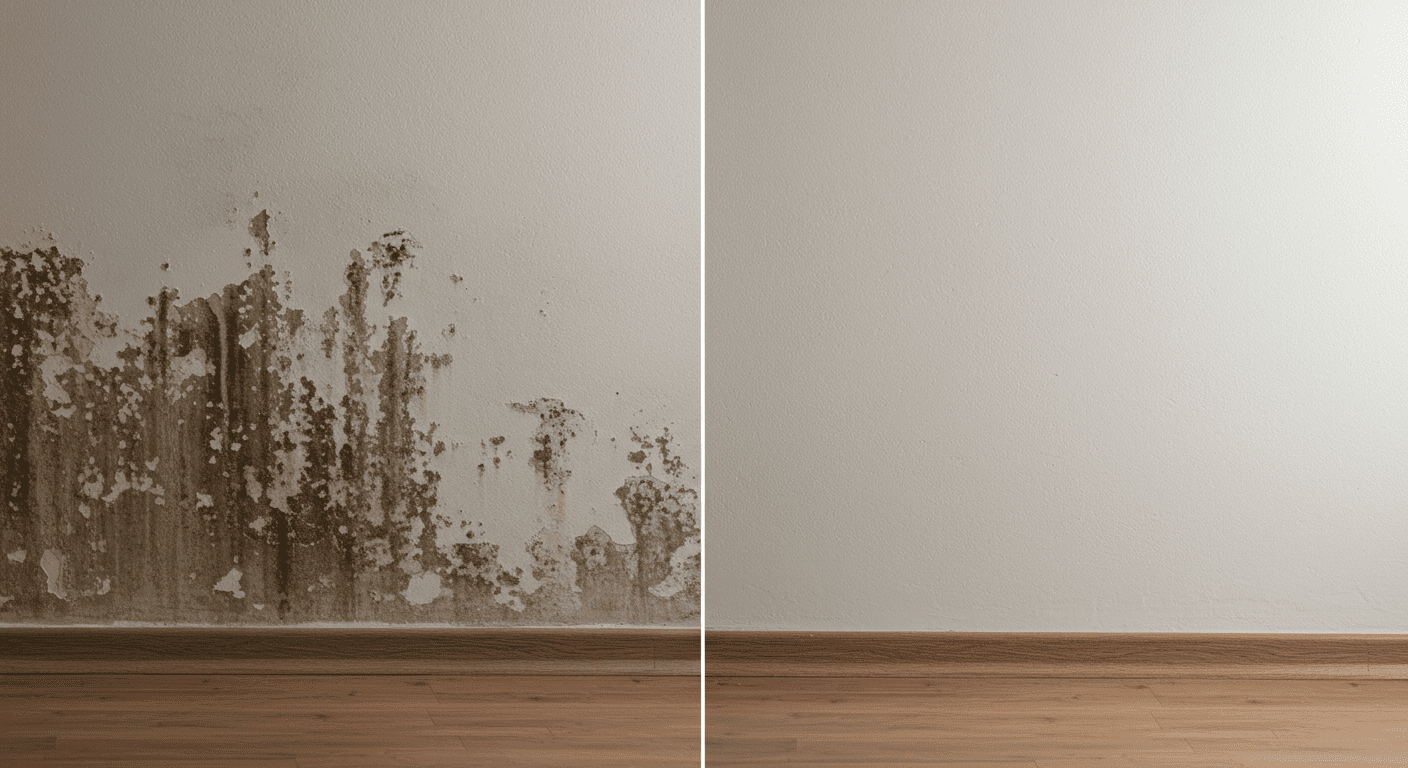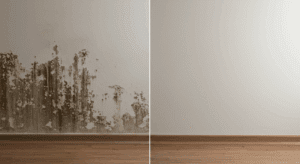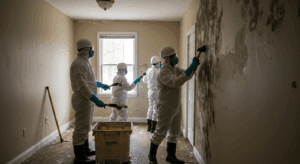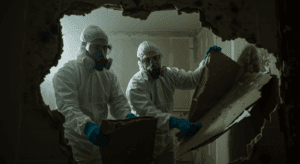Mold on walls is not just an aesthetic issue; it poses serious health risks and can compromise the structural integrity of your home. For residents of Atlantic City, NJ, where humidity levels can soar, mold growth is a common problem. This guide will walk you through effective strategies to remove mold from walls, whether you prefer DIY methods or professional services, and provide tips to prevent future growth.
Understanding Mold and Its Health Risks
Mold is a type of fungus that thrives in damp, humid environments. Common types of mold found in homes include black mold, green mold, and white mold. While mold may seem harmless at first glance, it can cause a range of health issues, especially for individuals with allergies, asthma, or weakened immune systems. Symptoms can include respiratory problems, skin irritation, and even severe allergic reactions.
Addressing mold issues promptly is crucial. Mold spreads quickly and can damage walls, ceilings, and other surfaces, leading to costly repairs. Moreover, prolonged exposure to mold can exacerbate health problems, making it essential to tackle the issue as soon as it arises.
Steps to Remove Mold from Walls
Preparation for Mold Removal
Before diving into mold removal, preparation is key. Start by gathering the necessary tools and safety equipment, including gloves, goggles, a face mask, and cleaning supplies like bleach, water, and a scrub brush. Ensure the area is well-ventilated by opening windows and using fans to minimize exposure to mold spores.
Safety precautions are non-negotiable. Mold spores can become airborne during the cleaning process, posing health risks. Wearing protective gear and isolating the affected area can help contain the spread of mold.
DIY Mold Removal Techniques
For small patches of mold, DIY methods can be effective. A common solution involves mixing one part bleach with three parts water. Apply the solution to the moldy area using a spray bottle, let it sit for 15 minutes, and then scrub the area with a brush. Rinse with clean water and dry thoroughly.
Ventilation is crucial during this process to prevent mold spores from spreading. Additionally, avoid using excessive water, as it can seep into the walls and exacerbate the problem. For persistent mold or larger infestations, consider seeking professional help.
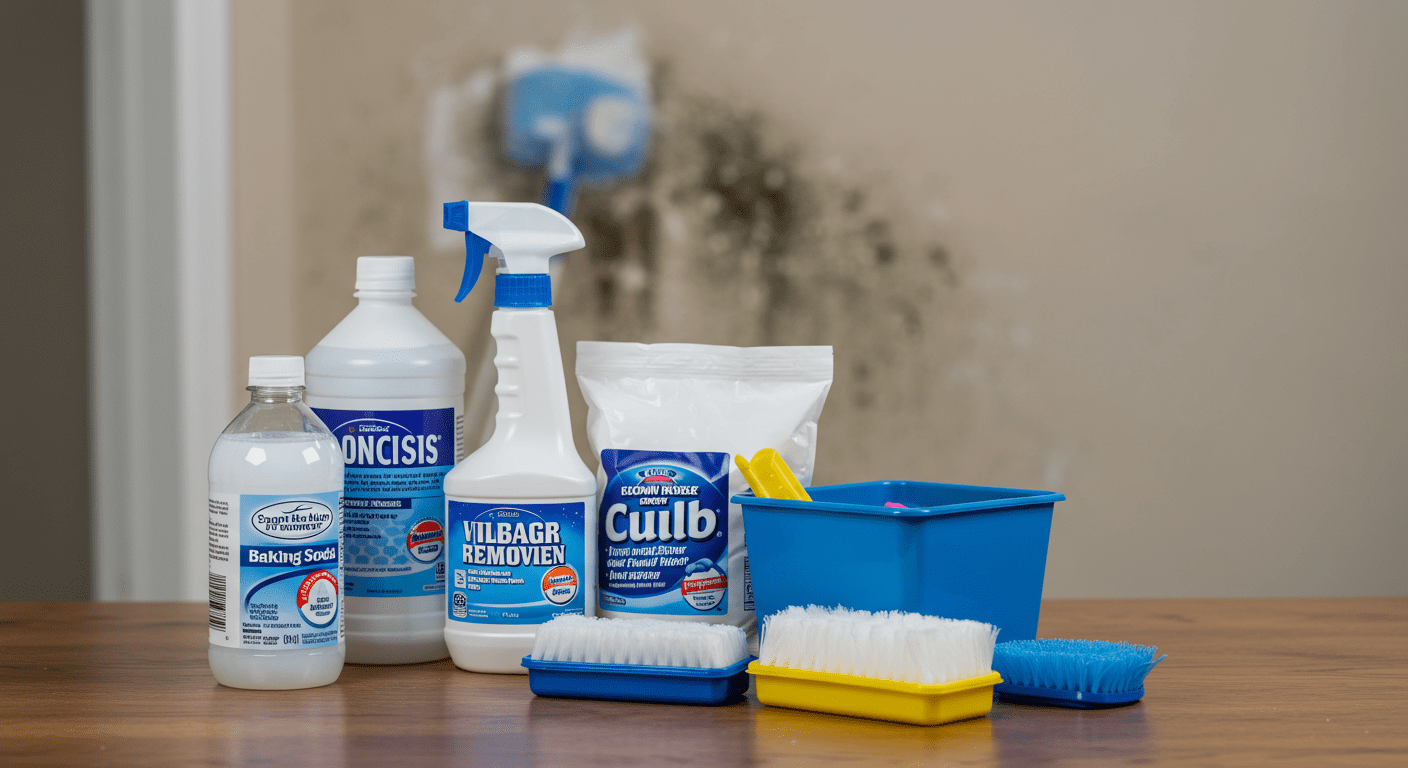
Professional Mold Remediation Services in Atlantic City
For extensive mold infestations, professional mold remediation services are often the best solution. Companies like Jersey Shore Mold Service and SERVPRO specialize in mold removal and have the expertise and equipment to handle even the most severe cases.
Hiring professionals offers several benefits. They conduct thorough inspections to identify the root cause of mold growth, use advanced techniques to remove mold, and take preventive measures to ensure it doesn’t return. Additionally, professional services save you time and effort while providing peace of mind.
If you’re considering professional help, check out Expert Mold Removal Services in Hoboken, NJ for insights into reliable mold remediation solutions.
Preventing Future Mold Growth
Prevention is the best defense against mold. Start by controlling moisture levels in your home. Use dehumidifiers, fix leaks promptly, and ensure proper ventilation in areas prone to humidity, such as bathrooms and kitchens.
Regular maintenance and inspections are also crucial. Check for signs of water damage, such as discoloration or peeling paint, and address issues immediately. Additionally, consider using mold-resistant paint and materials in areas susceptible to mold growth.
For a deeper understanding of mold prevention strategies, explore Comprehensive Mold Mitigation Process in Hackensack, NJ.
Conclusion
Mold removal is a critical task for homeowners in Atlantic City, NJ, where humid conditions create the perfect environment for mold growth. Whether you opt for DIY methods or professional services, addressing mold issues promptly is essential for maintaining a safe and healthy home. By following the strategies outlined in this guide and taking preventive measures, you can effectively combat mold and protect your living space for years to come.
For more information on mold-related topics, visit Black Mold vs. Mold: Understanding the Key Differences and Health Risks.
